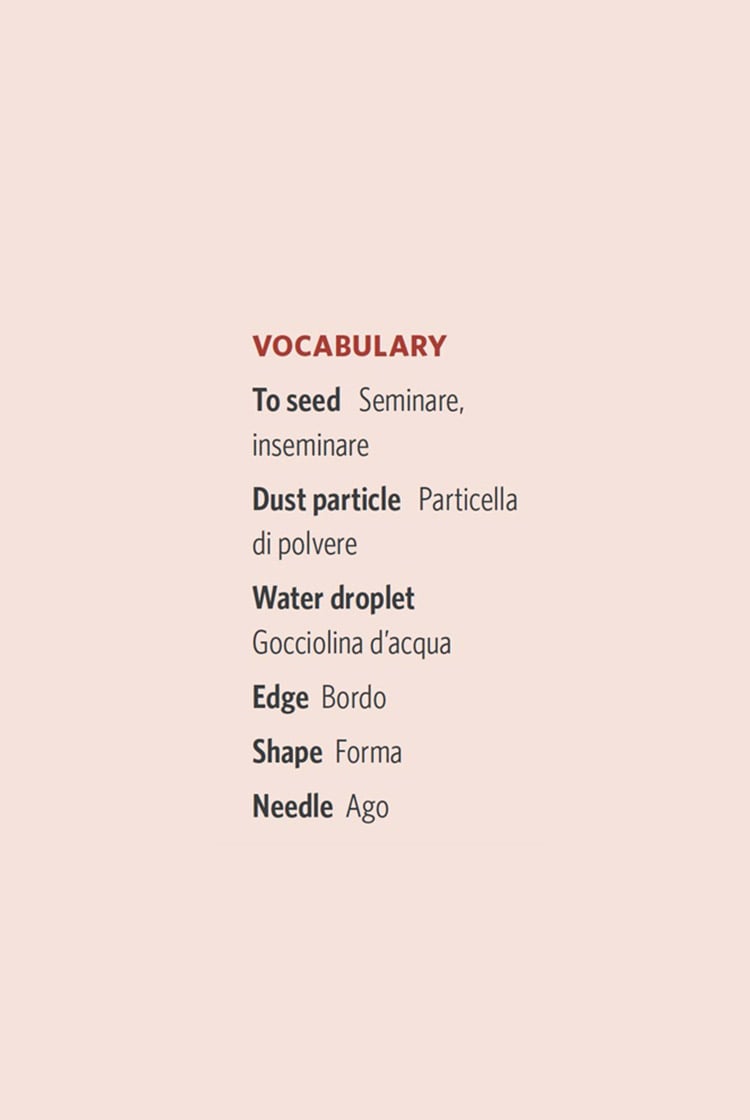Every second about a million billion of them fall to the ground, and yet, half of the worldís population has never seen them close up. Snowflakes are ice crystals that fall through the Earthís atmosphere. Snowflake formation starts off in clouds of water vapour, where water molecules, which consist of two hydrogen atoms bonded to one oxygen atom, are orientated further apart than when they are in solution or solid state (ice).

Snowflake formation is seeded from a pollen or a dust particle that comes into contact with water vapour. In cool air, water vapour adheres to the dust particle until it forms tiny drops of liquid water. When the temperature falls to zero degrees Celsius (or below), the water droplets freeze, forming snow crystals. Crystal faces start to appear on the frozen droplet, forming a prism with six faces (hexagonal prism). Ice growth occurs more rapidly near the edges, thus a cavity forms on each of the six faces of the prism. Due to faster growth at the corners, the branches start to spread and six arms begin to extend from each corner. Each snowflake can comprise two or many snow crystals held together through hydrogen bonds. All snow crystals adopt a hexagonal shape due to the way the molecules arrange themselves during ice formation.
It can take from 15 to 45 minutes for a snowflake to form and fall to the ground, and as it descends towards the ground, more tiny droplets land and freeze on the crystal and the snowflake continues to grow. As it reaches warmer air, the crystal warms up and its tips become longer and narrower, radiating out from the core of the ice-particle. Snowflakes are often said to be unique, but this is only true for snowflakes that have had time to fully develop and not to those that fall to the ground during the initial stages of formation. Nevertheless, there is a high level of variation between snowflakes, due to the complex nature of their formation; thus, it is extremely unlikely to observe two identical snowflakes. Their exact shape and structure is a product of temperature, humidity, water quantity, and the size of the initial dust particle. In colder air, snowflakes tend to form thin hexagonal needles, whereas at higher temperatures and higher humidity levels, they show highly intricate shapes. When the opportunity arises, we should admire their beautiful and surprisingly complex shapes.
The next time it snows, get out your magnifying glass and some dark coloured paper (the sheets must be cold to prevent the flakes from melting quickly ñ put them in the freezer before you start your observation). Let the snowflakes fall onto your sheet of paper and observe the many diverse forms and types of snow crystals



